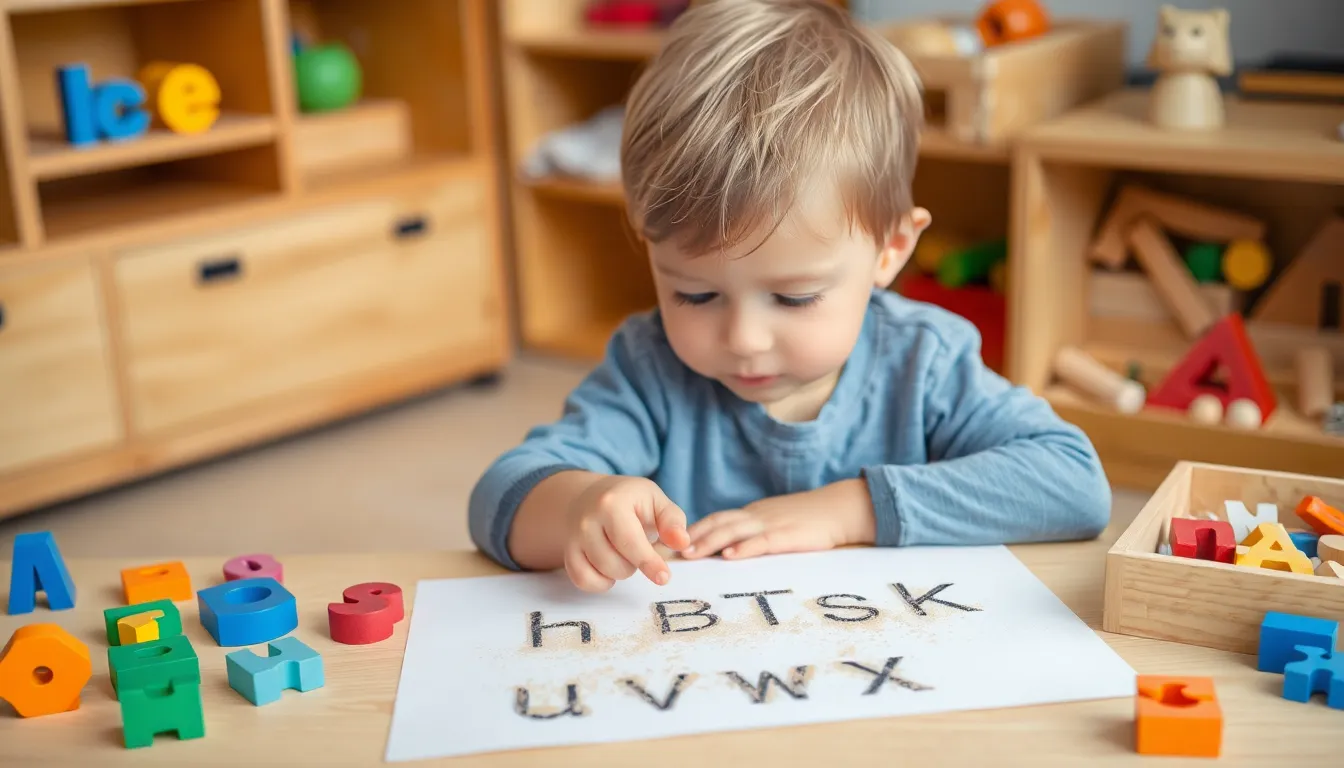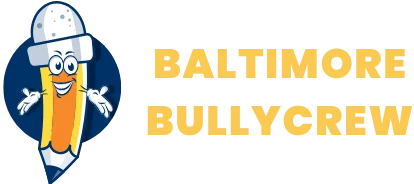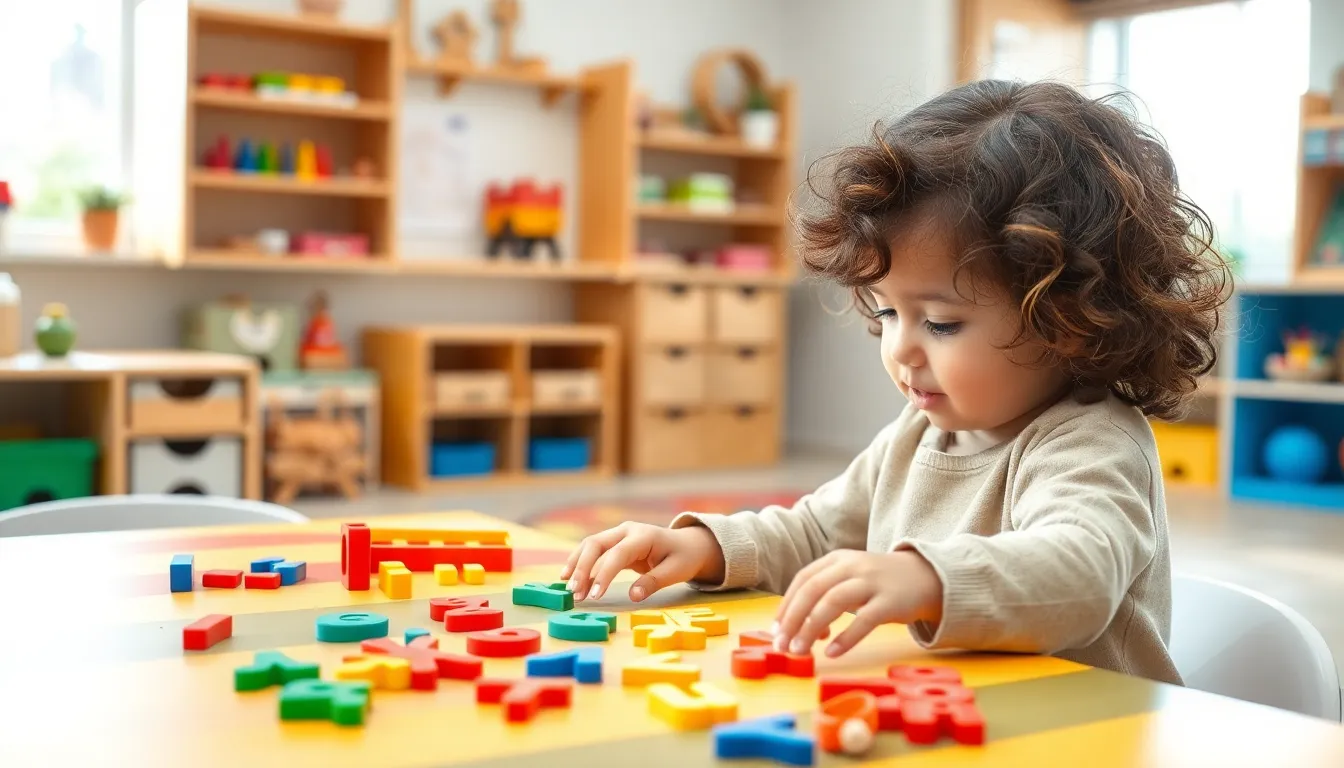In the world of education, Montessori language materials stand out like a unicorn at a dog show. These innovative tools not only make learning to read and write a delightful adventure but also empower children to explore language at their own pace. Imagine a classroom where kids are engaged, curious, and actually excited to learn—sounds like a dream, right? Well, with Montessori materials, that dream becomes a reality.
From tactile letters to vibrant word cards, these resources transform the mundane into the magical. They encourage hands-on interaction, fostering a love for language that sticks around longer than your last New Year’s resolution. Dive into the enchanting realm of Montessori language materials and discover how they can turn even the most reluctant readers into enthusiastic word wizards. Who knew learning could be this much fun?
Table of Contents
ToggleOverview of Montessori Language Materials
Montessori language materials provide innovative tools that enhance the reading and writing experience for children. These engaging resources encourage exploration and discovery, allowing learners to interact with language dynamically.
Key Components
Montessori language materials include tactile letters, moveable alphabets, and sandpaper letters. Tactile letters aid in letter recognition through touch. Moveable alphabets assist in constructing words and sentences, allowing children to experiment with language structure. Sandpaper letters provide a sensory experience, reinforcing phonetic sounds when traced. Additionally, the use of colorful word cards enhances vocabulary acquisition and provides visual stimuli. Each component emphasizes hands-on learning, fostering independence and confidence in language skills.
Learning Objectives
Montessori language materials aim to cultivate phonemic awareness and vocabulary development. Children engage in recognizing sounds and forming words, promoting literacy skills. Moreover, these materials support reading comprehension through exploration and interaction. Encouraging independent learning, they also help develop fine motor skills essential for writing. By integrating language learning into playful experiences, materials inspire a passion for reading and writing. Each objective aligns with the Montessori philosophy, prioritizing personalized learning journeys that respect individual pace and interests.
Types of Montessori Language Materials

Montessori language materials encompass various tools designed to foster language development. These resources support children in their journey to read and write effectively.
Sandpaper Letters
Sandpaper letters enable tactile exploration of letters and sounds. Children trace these letters with their fingers, captivating the sense of touch. This physical engagement reinforces letter recognition and phonetic awareness. The rough texture prompts children to concentrate on the shape and sound of each letter. Sandpaper letters serve as an essential foundation for literacy skills, cultivating a greater connection between spoken and written language.
Moveable Alphabet
A moveable alphabet offers children the chance to construct words and sentences using individual letters. Kids manipulate these letters, allowing for creative expression in written language. This hands-on experience fosters independent learning and problem-solving skills. Moveable alphabets encourage experimentation with spelling and grammar rules, reinforcing language comprehension. Arranging letters into words helps deepen understanding of language structure, essential for developing proficient reading and writing capabilities.
Language Object Boxes
Language object boxes contain various objects that represent different vocabulary words. Children match these objects with corresponding labels, enhancing their vocabulary acquisition. Each box features items that provoke curiosity and stimulate discussion. Engaging with these materials, kids explore connections between words and their meanings. Language object boxes promote sensory experiences and interactive play, vital for language learning in a Montessori environment.
Benefits of Montessori Language Materials
Montessori language materials offer numerous advantages that support a child’s educational journey.
Fostering Independence
Materials promote autonomy in learning. Children engage with tactile letters, enabling them to explore letter sounds confidently. Moveable alphabets facilitate independent word construction. This hands-on approach allows kids to experiment without constant adult assistance. Such independence boosts self-esteem and motivates further learning. Collaborative activities foster peer interaction, enhancing social skills. Children learn at their own pace, which reinforces a sense of ownership over their education.
Enhancing Language Skills
Language skills develop through interactive and tactile experiences. Using sandpaper letters, children grasp phonetic sounds visually and physically. Each material encourages vocabulary expansion through play. Language object boxes introduce new words in context, making learning meaningful. Non-linear learning paths accommodate various learning styles, catering to diverse needs. Engaging with these materials emerges as an enjoyable way to strengthen literacy skills. Comprehension improves as children manipulate words and sentences, reinforcing their understanding of the language structure.
Implementation in the Classroom
Montessori language materials enhance learning environments, creating dynamic and engaging experiences for children. These materials facilitate exploration, interaction, and the development of literacy skills.
Classroom Environment Setup
A well-organized classroom promotes engagement with Montessori language materials. Incorporating diverse learning stations ensures children access various tools, such as moveable alphabets and language object boxes. Each station highlights different aspects of language, enabling children to explore at their own pace. Tactile letters can occupy one area, while vibrant word cards and language object boxes can find a home in another. By arranging these resources thoughtfully, educators create an inviting atmosphere that encourages independent discovery.
Integrating Materials into Curriculum
Integrating Montessori language materials into the curriculum enriches learning experiences. Incorporation of sandpaper letters enhances phonetic awareness during language lessons. Teachers can design activities that encourage children to use moveable alphabets for constructing words, reinforcing understanding of language structure. Furthermore, language object boxes stimulate vocabulary development through hands-on exploration. Aligning these materials with thematic units promotes a cohesive learning experience, ensuring children connect their language skills to real-world contexts. Engaging activities inspire curiosity and facilitate conversations around language, further solidifying comprehension.
Montessori language materials revolutionize the way children engage with reading and writing. By promoting hands-on exploration and interactive play, these resources make learning enjoyable and effective. They empower children to take charge of their literacy journey while building essential skills like phonemic awareness and vocabulary development.
The thoughtful integration of these materials in a well-organized classroom environment fosters independence and confidence. As children discover the magic of language through tactile experiences, they cultivate a lifelong passion for reading and writing. Embracing Montessori language materials not only enriches literacy skills but also nurtures a love for learning that extends beyond the classroom.




